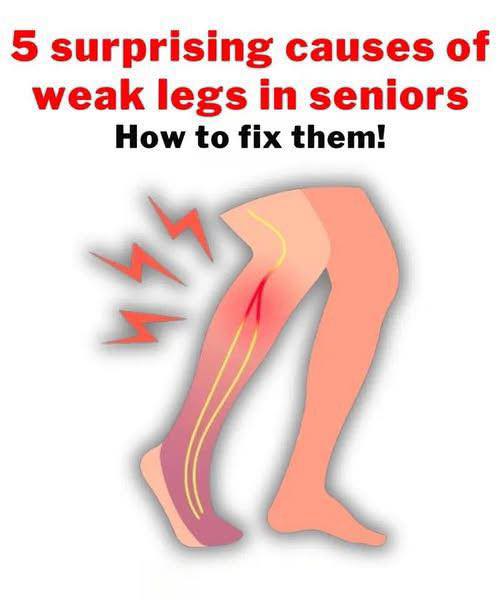Leg weakness is a common issue linked with aging, but it is not always inevitable. Many contributing factors can be addressed through lifestyle changes and proper care, helping maintain strength and independence well into later years.
One of the primary causes is sarcopenia, the gradual decline of muscle mass that typically begins around age 50. This condition impacts energy levels, stability, and overall mobility. Fortunately, strength training and resistance exercises have been shown to slow or even reverse these effects.
Physical inactivity is another critical factor. As people move less with age, muscles weaken further, creating a cycle of fatigue and reduced mobility. This inactivity also affects circulation and joint health. Incorporating even light activities, such as walking or stretching, can help break the cycle and protect leg strength.
Chronic conditions also play a major role. Arthritis, for instance, causes pain and stiffness that discourage movement. Diabetes and peripheral neuropathy can lead to nerve damage and reduced muscle control. Left unmanaged, these issues contribute significantly to progressive leg weakness.
